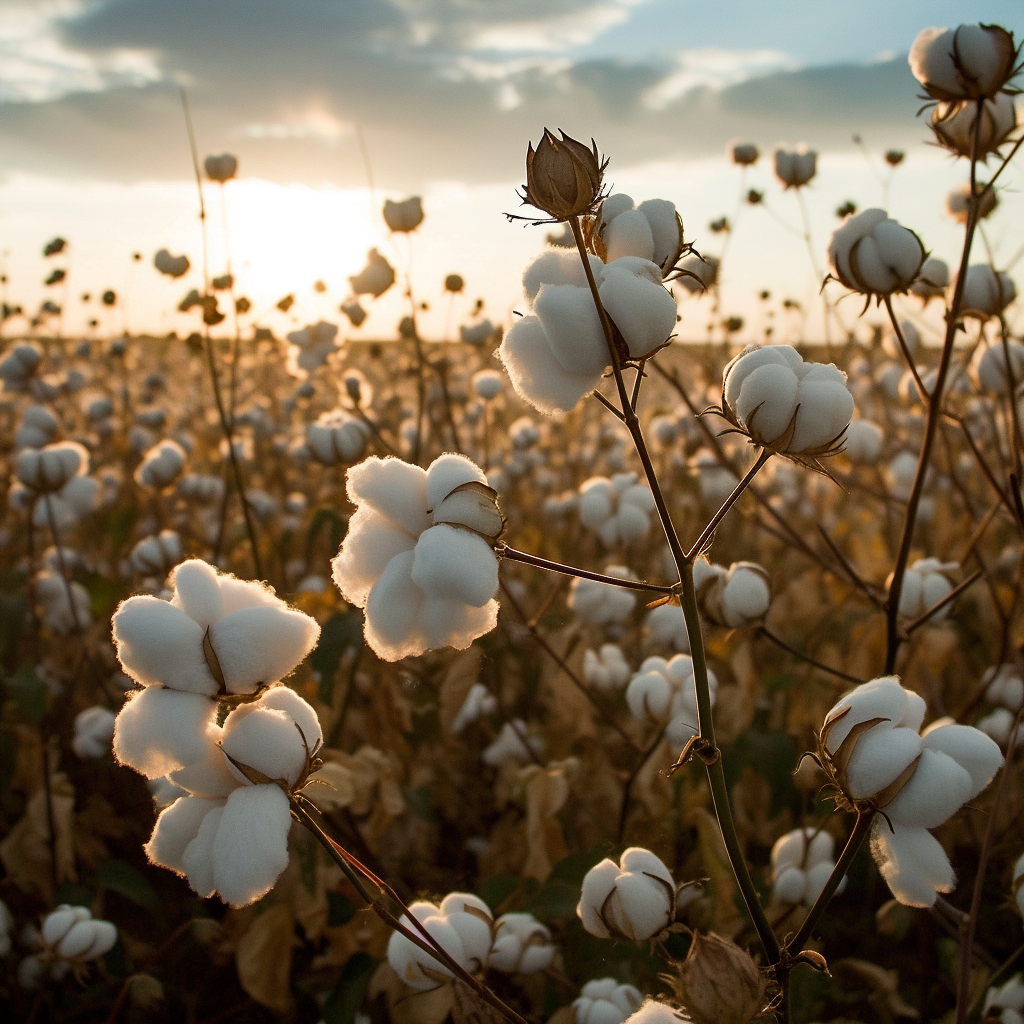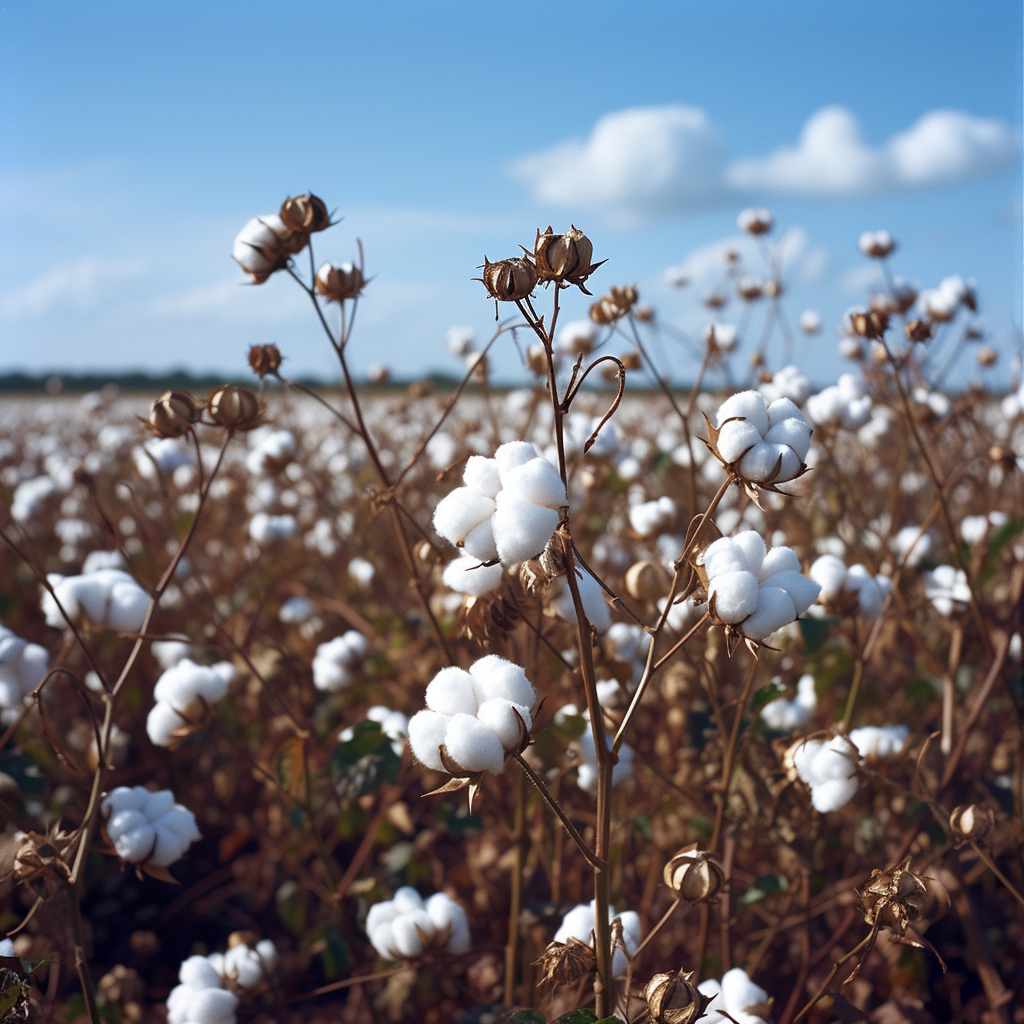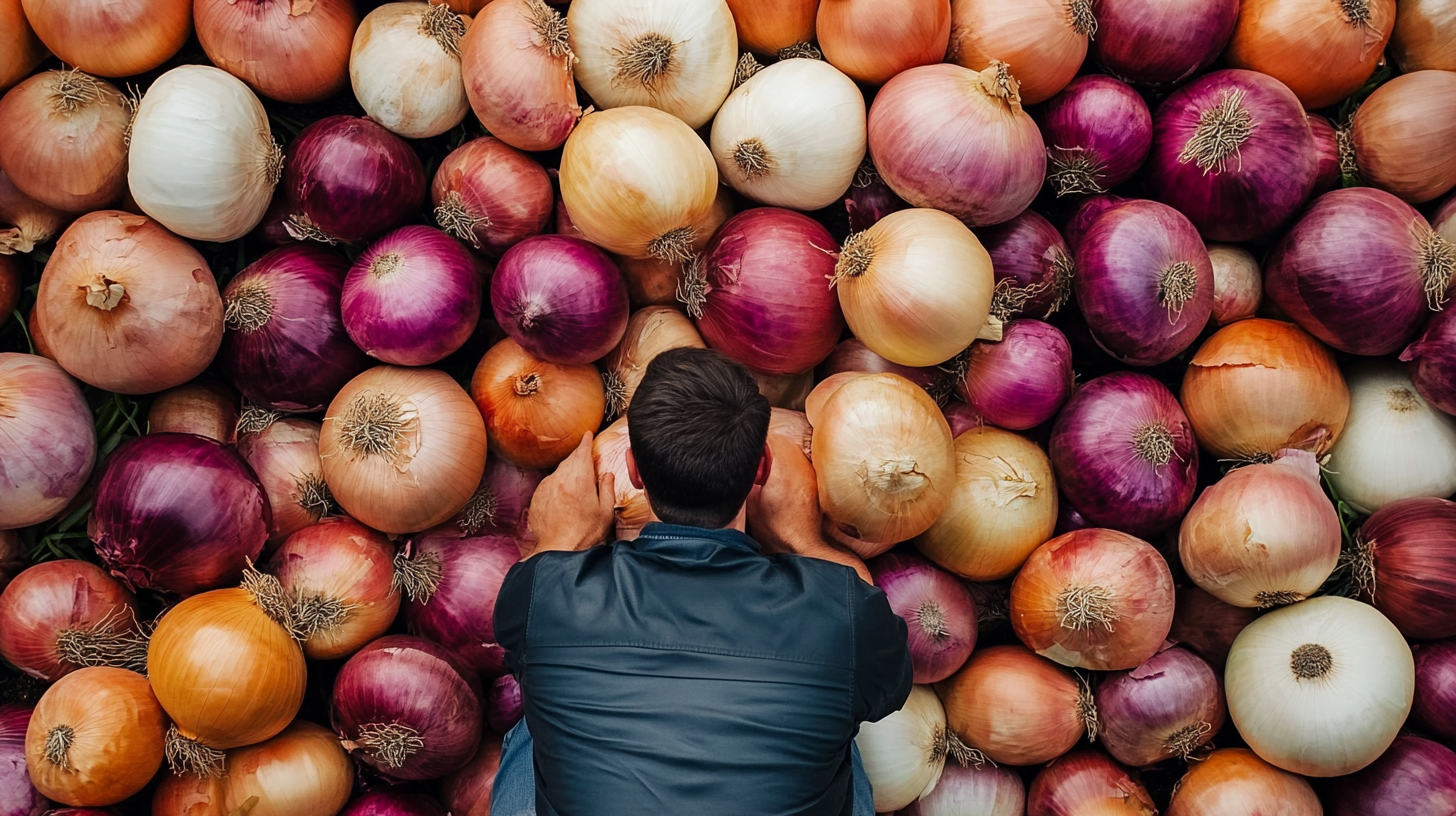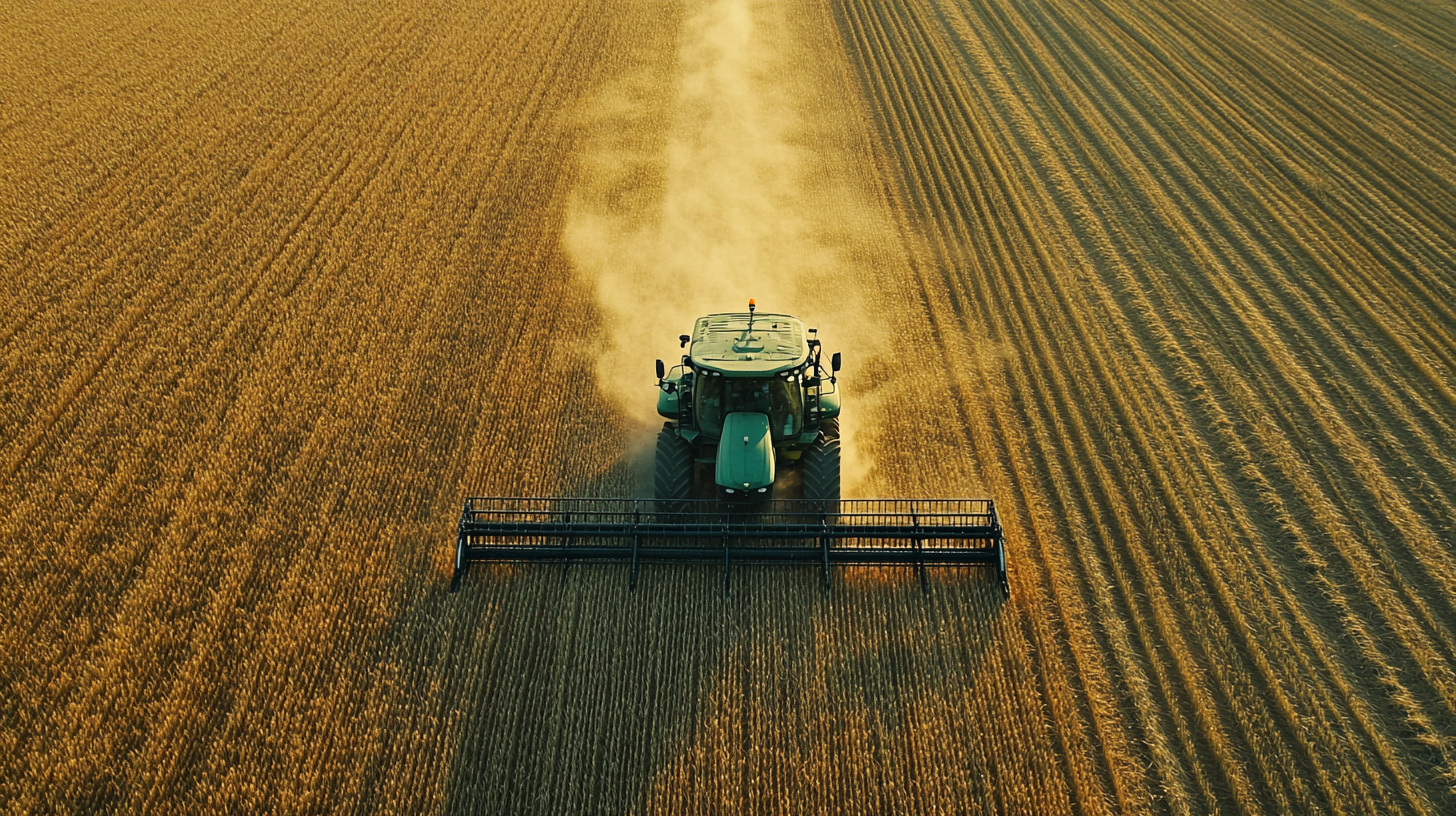Cotton is one of the most important crops in textiles and clothing production globally. But which country produces the most cotton each year to meet massive worldwide demand? This article will examine global cotton production statistics, identify the #1 cotton producing country, and discuss key factors that allow it to dominate cotton supply.
Global Cotton Production Statistics
- Cotton is grown in over 75 countries worldwide on approximately 33 million hectares of land. That’s an area larger than the entire country of Italy devoted just to cotton cultivation!
- Total global cotton production averages approximately 25 million metric tonnes per year. That’s equivalent to about 20 billion pairs of jeans or 250 billion t-shirts that can be made from the world’s yearly cotton crop.
- The top 5 cotton producing countries are:
- India
- China
- United States
- Pakistan
- Brazil
- These 5 countries produce around 80% of the world’s cotton supply. That means the majority of all cotton that ends up woven into our clothes and linens comes from these major producers.
- India, China, and the United States have been the dominant cotton producers for decades. For example, back in 1960, these 3 countries accounted for over 50% of global production. Their leadership positions have been stable for over half a century.
- Here are some more fascinating facts about global cotton production:
- Uzbekistan is the 6th largest producer but dropped significantly after the fall of the Soviet Union.
- Mali and Burkina Faso in West Africa have rapidly increased cotton production in recent years.
- Egypt was once in the top 5 cotton producers, but now barely cracks the top 20 countries.
- Cotton yields per hectare are highest in Israel, Australia, and Brazil – but their total production is small.
- China produces mostly higher quality long and extra-long staple cotton used in premium textiles.
So while dozens of countries around the world grow cotton, a handful of major players dominate the global supply chain. But exactly how much cotton does each country produce? And why does one stand far above the rest?

The Top Cotton Producer – India
India is the world’s largest cotton producing country by a significant margin. In the 2020-2021 growing season, India produced 6.21 million metric tonnes of cotton. That’s over 20% of global production! Here’s why India has been #1 in cotton production for years:
- Ideal climate and growing conditions – India has the perfect warm, humid climate and plentiful rainfall that cotton needs to thrive in many regions. Monsoon rains reliably water cotton crops during the growing season.
- Government subsidies and support – The Indian government has provided billions in subsidies and incentives to cotton farmers over the years. These include minimum support prices, subsidized inputs, and crop insurance. This makes cotton farming profitable and encourages production.
- Long history and tradition of cotton farming – India has cultivated cotton for millennia. Cotton was mentioned in ancient Hindu, Buddhist, and Jain texts as a source of fabric. This expertise has been passed down through generations of growers.
- Large amounts of arable land available – India has over 80 million hectares of arable land well-suited for robust cotton cultivation. The major cotton growing states are Maharashtra, Gujarat, Telangana, Andhra Pradesh, Madhya Pradesh, Karnataka, Tamil Nadu, and Punjab.
- High yielding cotton varieties – India was a pioneer in adopting genetically modified Bt cotton in 2002. Bt cotton contains a gene from the soil bacterium Bacillus thuringiensis that resists destructive bollworm pests. This GMO cotton boosted yields by over 50% in some Indian states.
- Market demand – As one of the world’s largest textile producers, India has massive domestic demand for cotton. Its fast-growing population of over 1.3 billion drives growth in cotton consumption.
Combined, these favorable factors allow India to produce cotton on a simply massive scale. For context, India’s annual cotton output is more than twice that of China’s around 3 million tonnes!
Why Other Major Producers Lag Behind India
While China, the USA, Pakistan, and Brazil grow substantial amounts of cotton, they each face limitations that prevent them from matching India’s massive output:
- China – Frequent droughts and water shortages in China’s cotton-growing regions limit production. The climate is also cooler than India’s optimal cotton-growing areas. Additionally, China is aggressively moving away from small-scale farms that traditionally grew cotton.
- USA – Smaller government subsidies compared to India reduce the incentives for American farmers to focus heavily on cotton. The USA also faces rising labor costs for hand-picking cotton that requires additional mechanization investments.
- Pakistan – While the climate supports cotton cultivation, a shortage of suitable arable farmland restricts production. Water scarcity is also an issue, with smallholder farmers dependent on inefficient flood irrigation.
- Brazil – Brazil converts much of its arable land to other crops like soybeans. Lack of government support also hinders cotton farming. However, Brazil’s cotton productivity per hectare is among the world’s highest.
Here’s an overview of how the other major cotton producers stack up:
- China – 3 million metric tonnes annually. Drought and lack of water limit further growth.
- USA – 3.6 million metric tonnes annually. Low government subsidies and high labor costs.
- Pakistan – 2.3 million metric tonnes annually. Shortage of farmland and water scarcity.
- Brazil – 2.5 million metric tonnes annually. Prioritizes other crops like soybeans.
Each country faces distinct environmental, economic, and political hurdles to expanding cotton output beyond their current levels.

The Importance of Cotton Exports Globally
India doesn’t just lead the world in cotton production – it’s also a major exporter supplying other countries:
- Cotton is traded worldwide as a commodity on exchanges like NYMEX and ICE Futures. The cotton futures contract traded on ICE is the most widely used cotton price benchmark globally.
- The global cotton trade is estimated to be worth over $12 billion annually. That’s almost 0.5% of India’s GDP derived from its cotton exports alone.
- India exports over 8 million 480-pound bales to neighboring Asian countries and the world market. A standard bale of cotton weighs 218 kilograms.
- Bangladesh, China, Vietnam, Pakistan, and Indonesia are the largest importers of Indian cotton. These countries buy raw Indian cotton and turn it into finished textiles and apparel.
- The leading destinations for India’s raw cotton exports in 2020/21 were:
- Bangladesh – 5.3 million bales
- China – 1.2 million bales
- Vietnam – 0.7 million bales
- Prior to 2020, China was the #1 destination for Indian cotton. But imports have plunged due to China’s ongoing trade dispute with Australia that halted cotton purchases. Bangladesh overtook China with its massive apparel manufacturing industry.
- The Cotton Corporation of India is a government organization that purchases cotton from local farmers and sells it globally to balance supply and demand. The CCI also maintains India’s strategic cotton stockpile.
So India both helps satisfy domestic textile demand as well as spinning mills and garment factories across Asia. Cotton is a major agricultural export commodity supporting India’s economy and global textile value chains.
Challenges Facing India’s Cotton Sector
However, India also faces some risks and obstacles that could disrupt its cotton industry:
- Over-reliance on monsoon rainfall – With only 50% of cotton farms irrigated, erratic monsoons pose a threat. Drought years can slash yields.
- Pest resistance to Bt cotton – New mutant strains of bollworm are emerging that can withstand Bt cotton’s defenses, reducing effectiveness.
- Smallholder farm dependence – Fragmented land ownership makes it harder to disseminate new technologies and farm inputs.
- Debt burden – Predatory lending traps cotton farmers in debt spirals, exacerbated by crop failures. Over 300,000 Indian cotton farmers have committed suicide over the past two decades.
- Synthetic fiber substitution – Cheaper polyester and other synthetics are replacing cotton fabrics in some uses, especially in lower-cost developing world markets.
- Water scarcity – Depleting groundwater tables from overuse for irrigation jeopardizes long-term cotton production capacity.
While India currently enjoys a commanding lead in global cotton output, it cannot take this position for granted. Sustaining growth will require wise water management, scientific advancements, and supportive policy to ease the financial strain on smallholder cotton growers.

The Future of Cotton Cultivation
Worldwide cotton demand is projected to increase approximately 15% by 2025 to 29 million tonnes. Can India maintain its production advantage in the years ahead?
- Expansion of cotton farming – India could convert additional arable land to cotton cultivation, especially in the high potential states of Odisha, Andhra Pradesh and Karnataka.
- New pest-resistant varieties – Indian seed companies are developing new GMO cotton strains with genes from other bacteria and crops to withstand bollworms and other pests.
- Improved irrigation – Expanding drip irrigation and using hydroponics or aeroponics in greenhouses can grow cotton more efficiently using less water.
- Better fertilizer practices – Precision agriculture and nutrient management based on real-time soil analysis can optimize yields.
- Crop insurance expansion – Increasing the availability and affordability of insurance against crop failures due to drought/floods can protect farmer incomes.
- Boosting smallholder productivity – Cooperative farming groups and contract growing arrangements with textile firms improve access to inputs, financing, and markets.
- New cotton byproducts – Innovative uses for cottonseeds, stalks and ginning waste can provide added revenue streams for farmers.
- Supporting organic cotton – Rising demand for organic cotton, which commands premium prices, incentivizes farmers to shift away from chemicals.
- Improving supply chain logistics – Optimizing the transport, storage and distribution of cotton nationally can reduce post-harvest losses.
- Strategic trade policy – India could negotiate bilateral deals with key importers like Vietnam or Bangladesh to solidify demand for its cotton exports.
- investing in new textile clusters – Building new cotton processing hubs focused on exporting finished fabrics and clothes boosts vertical integration.
On the global stage, India’s main cotton competitor China faces even greater challenges maintaining production:
- Labor shortages – An aging rural population is reducing the availability of cotton pickers. Migration of youth to cities exacerbates the problem.
- Policy shifts – The Chinese government is discouraging cotton production through reduced subsidies as it tries to curb oversupply of some agricultural commodities.
- Land conversion – China is re-purposing arable land used for cotton and other crops into industrial and residential uses as part of rapid urbanization.
This gives India a window to capitalize on weakening Chinese cotton output in the next decade. Even if India’s production stagnates, declines in China could cement India’s position as the undisputed #1 cotton grower.
The Future of Cotton Remains in India’s Hands
In the fast-changing global cotton industry, India stands out for its stable record of robust production. Thanks to ideal agronomic factors, government support, expertise, and available farmland, India delivers over 20% of the world’s annual cotton output. This supplies its massive domestic textile industry as well as spinning and apparel factories across Asia.
India faces risks like water scarcity, smallholder farmer struggles, and pest control challenges. However, its strong foundation for cotton cultivation is hard to replicate elsewhere. Competitors like China confront even more limiting demographic, land use and policy hurdles.
With global cotton demand projected to increase 15% by 2025, India is poised to consolidate its status as the top producer. Realizing this potential will require wise investments, creative solutions and bold innovation to sustain yields, improve livelihoods of cotton growers, and meet international buyers’ quantity and quality needs.
By leveraging its strengths and pioneering advancements in cotton farming, India can maintain dominance in this essential global commodity that clothes the world. The future of cotton remains firmly in India’s hands.



